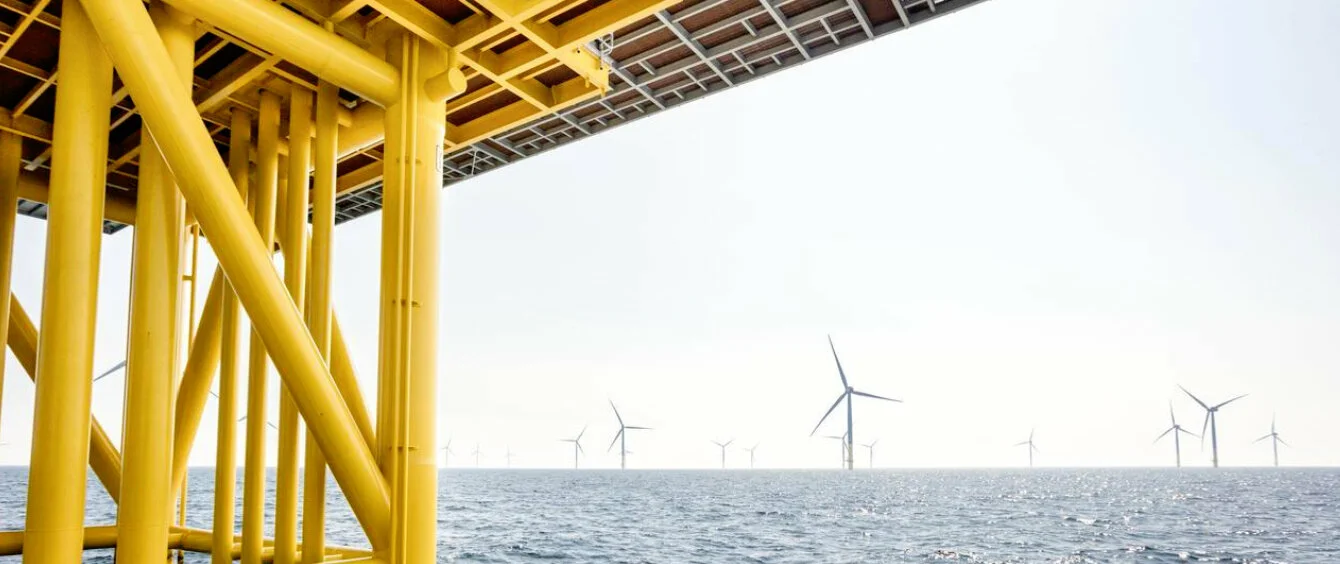When it comes to power generation, Germany isn’t the only country where sun and wind are breaking one record after the next – renewables are also gaining momentum across the rest of Europe.
The statistical office of the European Union, Eurostat, has now published figures on renewable energy for the EU member states. According to this data, the share of gross final energy consumption accounted for by energy from renewable sources (i.e. not just electricity!) rose to 18 percent at the end of 2018. This meant that renewables not only recorded another increase from the 17 percent of the year prior, their share was, in fact, also more than twice that of 2004 (8.5 percent), which was the first year for which data is available.
When it comes to renewable energy, no one in Europe can hold a candle to the Swedes. No other EU country saw anywhere near as big a share of wind, sun and co. contributing to their energy consumption as in the Scandinavian nation. The results speak for themselves: 54.6 percent; followed by Finland (41.2 percent), Lapland (40.3 percent), Denmark (36.1 percent) and Austria (33.4 percent). At the other end of the scale, however, the lowest renewables share was documented in the Netherlands, which clocked in at just 7.4 percent. Malta (8.0 percent), Luxembourg (9.1 percent) and Belgium (9.4 percent) also fell below the ten percent mark.
Share of energy from renewable sources in the EU Member States
2018, in % of gross final energy consumption (Source: Eurostat)The EU has set itself the goal of increasing the Europe-wide figure to at least 20 percent by 2020. Based on an internal breakdown, the various EU states have been set different national targets, thereby allowing for the different starting situations, the potential for the respective national renewable energy sector and the economic performance of the countries. Once again, the results paint a promising picture. 12 of 28 countries have already achieved their targets two years ahead of the deadline: Bulgaria, Czech Republic, Denmark, Estonia, Greece, Croatia, Italy, Latvia, Lithuania, Cyprus, Finland and Sweden.
At the time, Romania was only 0.1 percentage points away from its national target for 2020. Hungary, Austria and Portugal were also less than one point away, while Germany, Luxembourg and Malta were between 1.5 and two points away from meeting their targets. In Germany, the figures for 2018 came in at exactly 16.48 percent. The target for 2020 is 18 percent. At least Germany managed to increase its share by one percentage point between 2017 and 2018.
The situation is looking less rosy for the Netherlands, France, Ireland, the United Kingdom and Slovenia, however. All these countries will need to dig a little deeper when it comes to renewables in order to close their respective gaps ranging from four to more than six percentage points.
